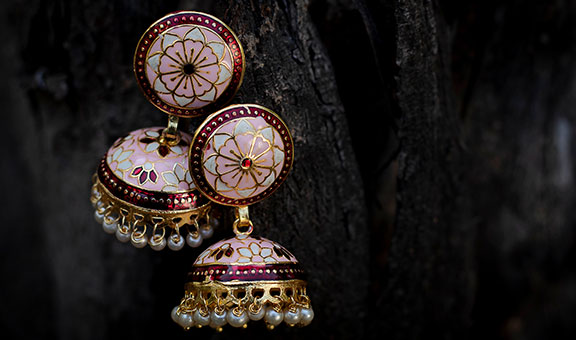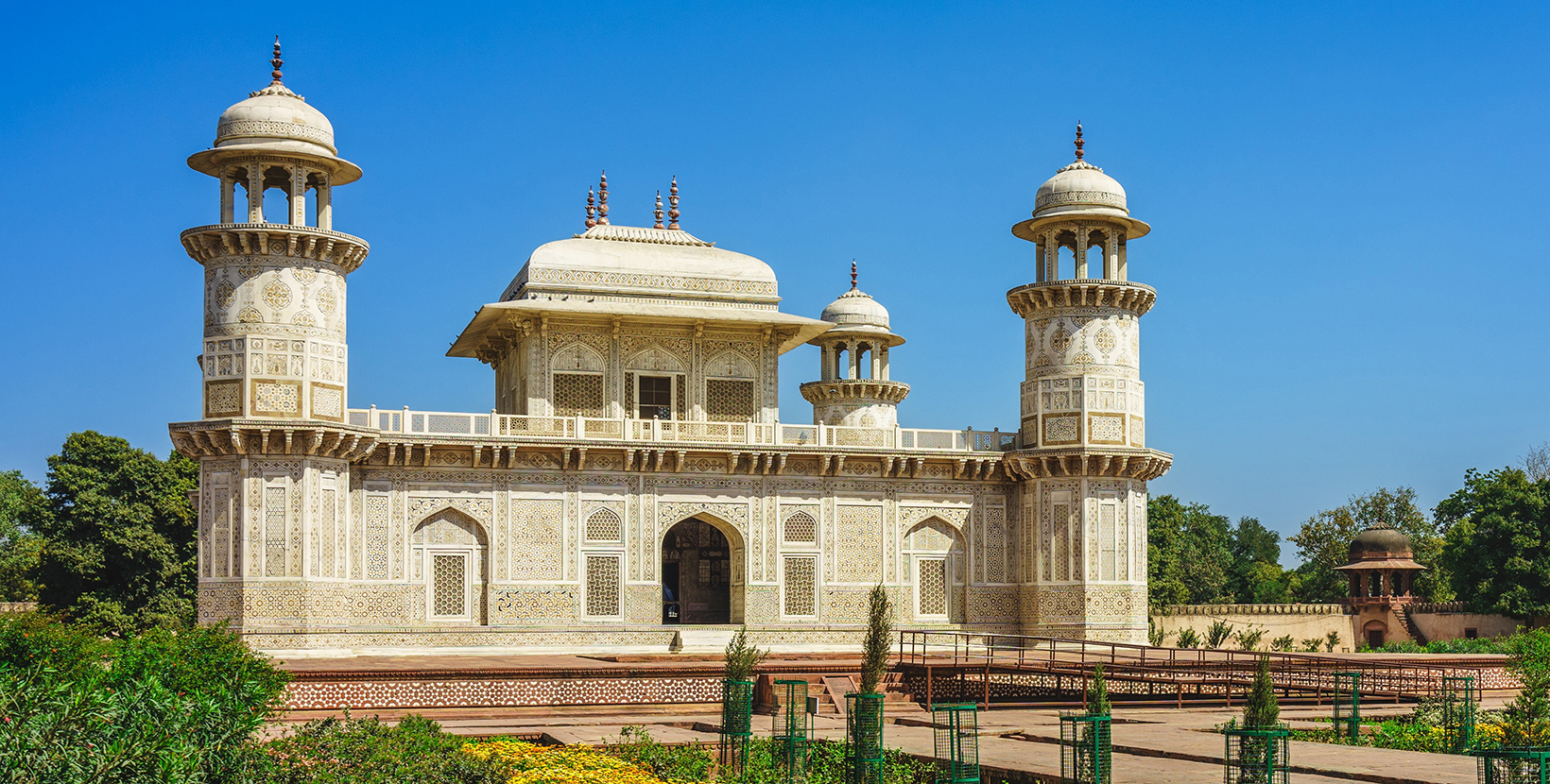Decoding Agra’s monumental icons

-
Revisiting Agra’s monumental glory
-
Highlights
Taj Mahal, Agra Fort
Begin your day with a scrumptious breakfast of Bedmi, a truly delectable food speciality, prepared with exotic spices that will make your palate burst with flavours. Then, head out to view the majestic grandeur of the Taj Mahal, the city’s treasure trove of architectural brilliance. The dazzling white mausoleum is a UNESCO World Heritage site, a true depiction of the excellence of Mughal architecture. The symmetrical and harmonious structure will take your breath away and steal your gaze. The beauty of the white marble, delicate carvings, floral motifs and landscaped gardens will answer why the structure earns such applause from anyone who comes here. Strangely, it is said that the colour of the marble appears different throughout the day depending on the time. It might look either white, golden or pink to the eye during different hours.
When the astute beauty of the monument allows, head over to the Agra Fort, another UNESCO World Heritage Site. The massive structure is built with red sandstone and used to serve as the main residence of Mughal emperors. There is much to see around you while you are here. Within the monument, you will see several impressive structures like palaces, mosques and gardens.
Head next to the Taj Museum, another tourist attraction, built on a raised platform with a quadrangle projection. You will be greeted with the sight of three galleries and a chief hall spread across two grand storeys. Feast upon the display of a timeless era through 121 antiquities, broadly categorised into Mughal era miniature paintings, various manuscripts, decrees by the government, calligraphy specimens, arms, utensils, paintings and marble pillars. One of the most impressive displays in the museum is the painting of Emperor Shah Jahan with his wife Mumtaz Mahal in an ivory-encased ornamental frame made of wood.












